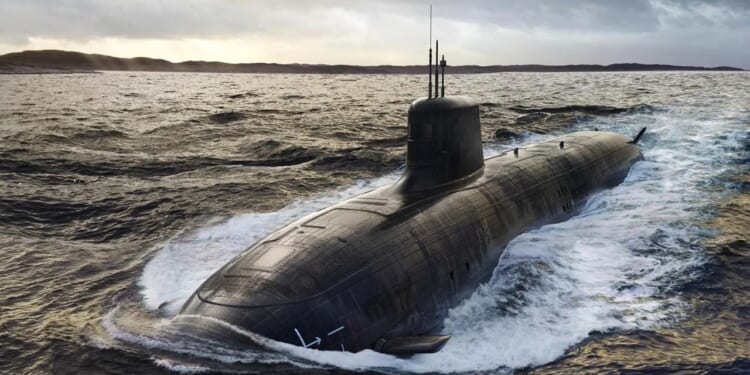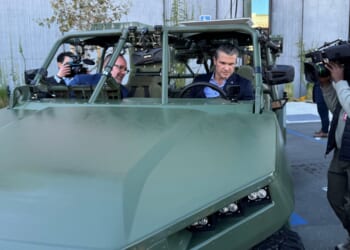No longer a quiet outpost on the far-bottom of the Anglosphere, Australia is now a frontline democracy in the 21st century’s defining power contest.
Through much of recent history, Australia has been a geopolitical backwater, prosperous but too distant and removed from the flashpoints of Asia to be especially relevant in a geopolitical conflict. But that pattern is changing. In the 21st century, with a revisionist China growing in power and the Indo-Pacific becoming the world’s most consequential region, Australia is suddenly central to global power competition.
Australia Occupies Prime Real Estate in the Indo-Pacific
The “Indo-Pacific” region, stretching from the west coast of the United States to the Indian Ocean, has become the crucible of 21st century great power politics. China is building up one of the world’s greatest militaries, funded by its position as an unrivaled latent economic power. The United States, long the leader of the global world order, is in the midst of a “pivot” to Asia, hoping to stem China’s rise. Japan, after generations without an offensive military, has been allowed to remilitarize. And India, the world’s most populous nation, is becoming increasingly assertive. All of these national ambitions and priorities converge in the Indo-Pacific. Here, at this crossroads of international power, sits Australia—a democratic, resource-rich nation with deep ties to the West, who suddenly finds themselves strategically indispensable.
Underscoring Australia’s new centrality to the region is the AUKUS defense pact, linking Australia, the United Kingdom, and the United States. The centerpiece of that agreement is nuclear-powered submarines, built in Adelaide with British and American technology. But the collaboration that began with submarines is only expected to deepen; in the years to come, Australia will receive technology and intelligence from their more advanced allies, and the US and UK will receive an operational platform to stage deterrence efforts in the Indo-Pacific.
Australia Has Reacted to China’s Rise
Accelerating the shift to relevance, and strengthening the ties between Australia and the US, is China’s new-found assertiveness. Australia has come to view China as a strategic threat, and has accordingly revived old alliances, creating a network of democracies openly supporting freedom of navigation and open sea lanes.
But Australia is not purely dependent on allies. Australia has assets of its own, aside from just favorable geography. The country’s enormous interior holds vast reserves of lithium, rare earth metals, and uranium—all of which grant Australia leverage as the Western world seeks non-Chinese sources of critical minerals.
The Australian Defense Force (ADF) is still small relative to global standards. But it is modernizing rapidly. Consisting of 85,000 active and reserve personnel, the ADF is technologically advanced. The Royal Australian Navy, for instance, operates six Collins-class submarines and three Hobart-class destroyers. Its Air Force operates the F-35A Lightning II, the P-8A Poseidon, and the C-17 Globemaster III. The country’s defense budget already exceeds 2 percent of GDP and is projected to surge past $100 billion annually by 2030—not quite the United States’ nearly-trillion-dollar defense budget, but not pennies, either. The ADF has also allowed for interoperability with the US, who keeps forward-deployed Marines in Darwin.
In sum, the ADF is transforming into a regional force into a frontline power in the Indo-Pacific deterrence scheme. Australia’s transition has been significant. No longer a quiet outpost on the far-bottom of the Anglosphere, Australia is now a frontline democracy in the 21st century’s defining power contest.
About the Author: Harrison Kass
Harrison Kass is a senior defense and national security writer at The National Interest. Kass is an attorney and former political candidate who joined the US Air Force as a pilot trainee before being medically discharged. He focuses on military strategy, aerospace, and global security affairs. He holds a JD from the University of Oregon and a master’s in Global Journalism and International Relations from NYU.
Image courtesy of BAE Systems / Royal Navy.
















